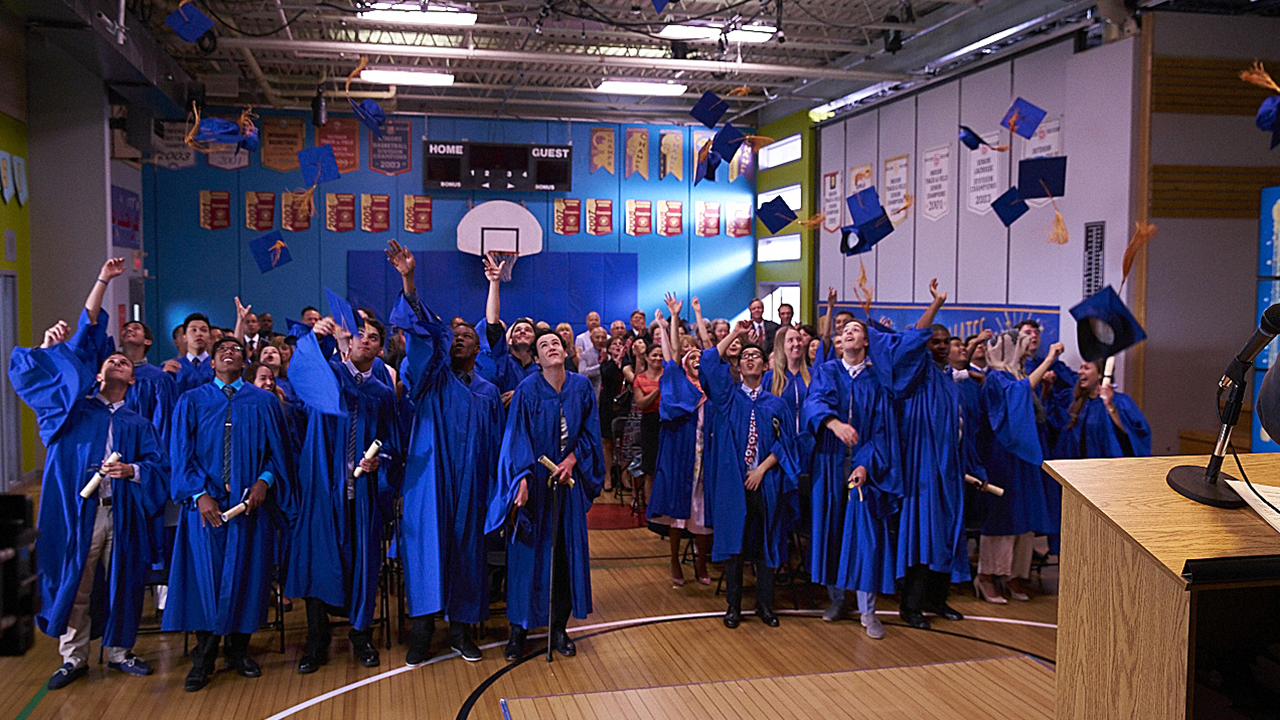Table of Contents Show
It seems like Degrassi is a show that never ends. The series first appeared on television in 1979 as The Kids of Degrassi Street and was revived throughout the 80s as various different series. It gained the most recognition with its 2001 revival as Degrassi: The Next Generation and made another comeback in 2016 as Degrassi: Next Class when the series moved to Netflix. Even when it seems it’s over, it’s never long before it rebrands itself for a new generation of young teens.
“Whatever it takes, I know I can make it through”
“Whatever It Takes:” Degrassi: The Next Generation Theme Song
There’s a reason the show never seems to go away. As times change and trends come and go, Degrassi never goes out of style. The show’s authenticity and ability to evolve with the times keep it relevant. While some shows shy away from controversial topics and only jump on board when it’s relevant, the Canadian drama has been unapologetically causing controversy long before it was accepted by modern-day society. It’s the show’s fearlessness that helps it relate to teens, educate its viewers, while still keeping us entertained with its light-hearted, comedic moments.
It Gave Us Relatable Characters
Most television shows glamorize their teenage characters, with intense makeup and hair teams causing characters who are written to be 16-years-old to look like 30-year-old models. Female characters with professional makeup, designer clothes, and male characters with huge muscles that no teen boy could naturally possess, could potentially build unrealistic standards that leave real teens feeling insecure and less valuable.
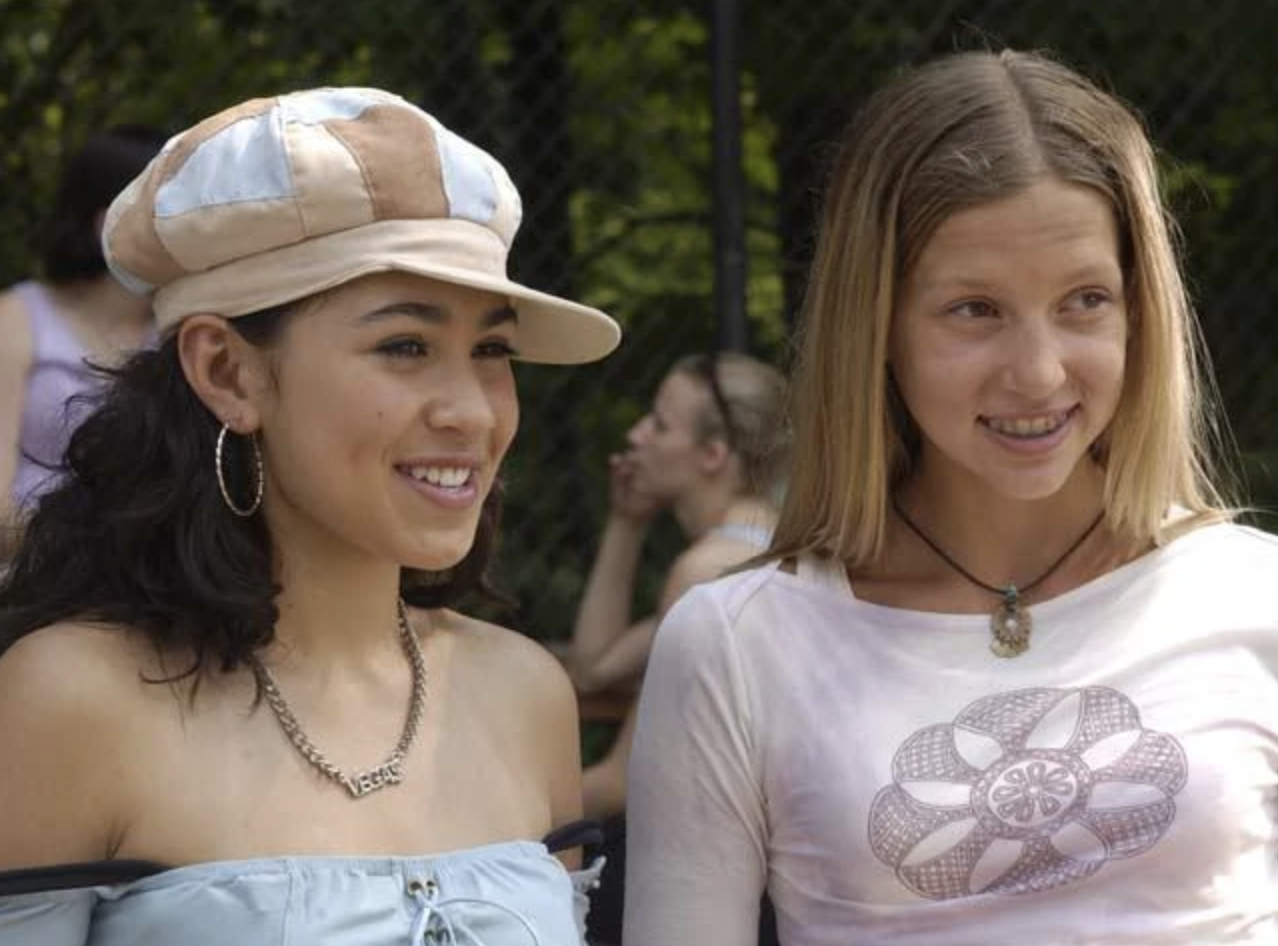
Degrassi never tried to display modelesque teens that made viewers question why they didn’t look as polished as television characters. The characters looked like typical high schoolers. Some of them had glasses, some had frizzy hair, but all of them felt authentic.
It Wasn’t Afraid To Push The Limits
“Degrassi goes there” was a common phrase used by fans and the creators of the show to describe the its ability to tackle topics that were controversial or not typically talked about on television.
In a 2004 episode, which was initially banned from being aired in the United States, one of the characters, Manny Santos, finds out she’s pregnant at only 14 years old. After deciding she’s too young to be a mother, she chooses to have an abortion.
“Everybody makes mistakes, just try to learn from this one”
(( Spike, Degrassi ))
The episode tells this story through Manny’s point of view allowing the audience to feel her panic instead of judging her for her mistake. It also displays the emotional stress of such a confusing situation and the impact it had on such a young girl. Though Manny was shamed by her classmates who called her a loser and suggested she was ruining her life, the show itself did not treat her situation as a shameful one. At one point in the episode, Manny speaks to her friend Emma’s mother, Spike, who is a teen mom herself. Spike tells Manny, “Ultimately, the responsibility is yours so the decision is yours, no one else’s.”
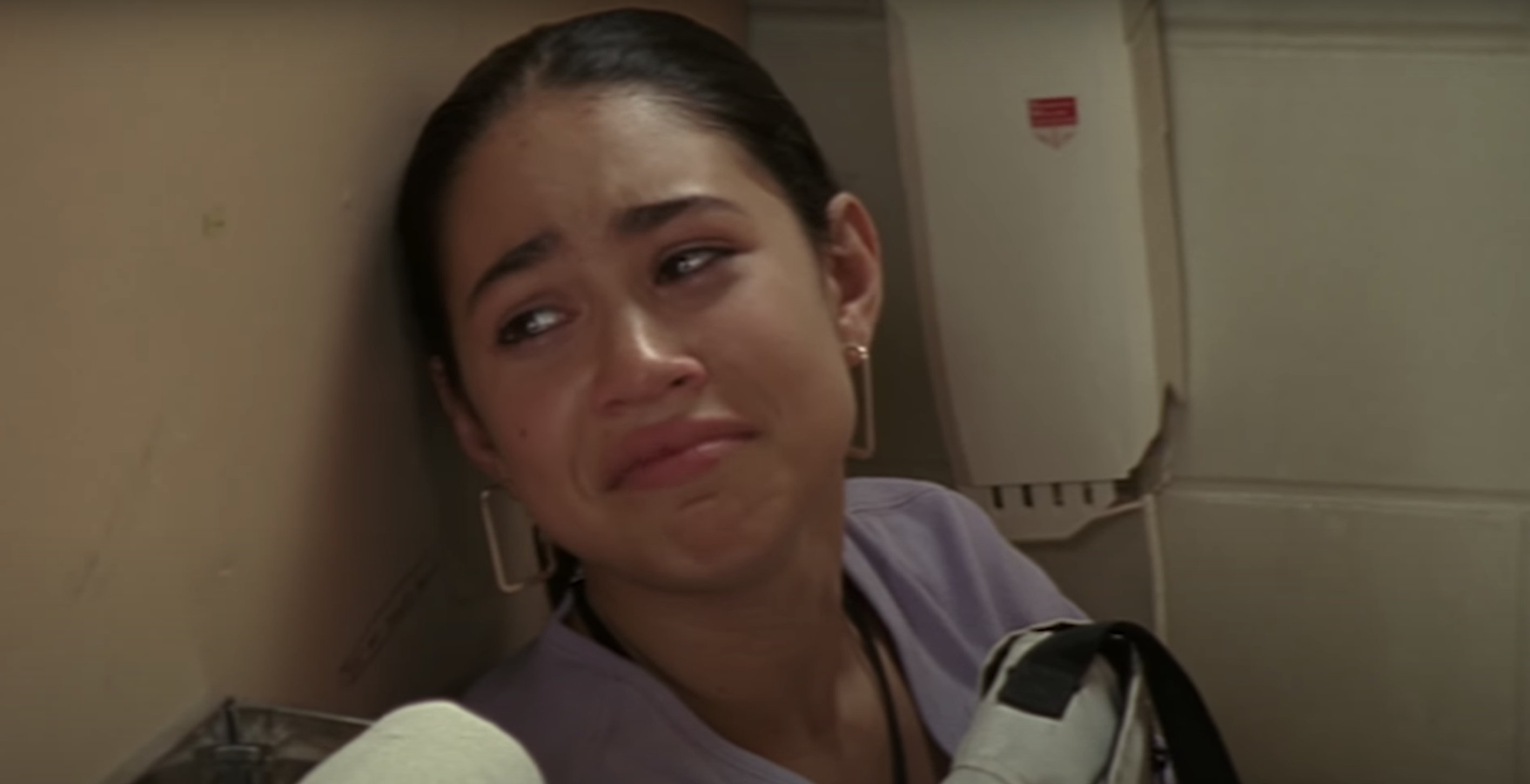
At the abortion clinic, Manny and her mother asked a series of questions prior to the procedure. The woman at the clinic makes it very clear that the procedure is safe and that although there are various ways women may emotionally react to having an abortion, Manny would be okay. Degrassi was not interested in using fear tactics to scare teens into being more careful. Instead, the show used a professional approach to educate its audience.
Manny was presented as a young girl who was put in an extremely tough position and had to make whatever decision she felt was best for her. And like all Degrassi characters who have faced obstacles, she made it through.
It Taught Us Unforgettable Lessons
Whether it was the dangers of navigating the internet in the early 2000s, how to break free from an abusive relationship, or the extreme consequences of high school bullying, a large portion of the show’s purpose was to teach viewers some unforgettable lessons.
“The worst mistakes are the ones you never learn from.”
(( Liberty Van Zandt, Degrassi ))
One of the most notable episodes was the school shooting in which Jimmy, played by Drake, was shot in the back by another student, Rick. Rick was bullied throughout the series for being an outcast, but the bullying worsened when he put his girlfriend, Terri, in a coma. He leaves Degrassi but when he returns to school the following year, he suffers severe bullying from several characters including Jimmy, Spinner, Jay, and Alex. In an attempt to get back at his bullies, Rick spray paints an X on the windows of both Spinner and Jay’s cars. As revenge, Spinner, Jay, and Alex embarrass Rick in front of the entire school by pouring yellow paint and feathers on him after he wins the school’s trivia tournament. Later, Spinner and Jay blame the prank on Jimmy.
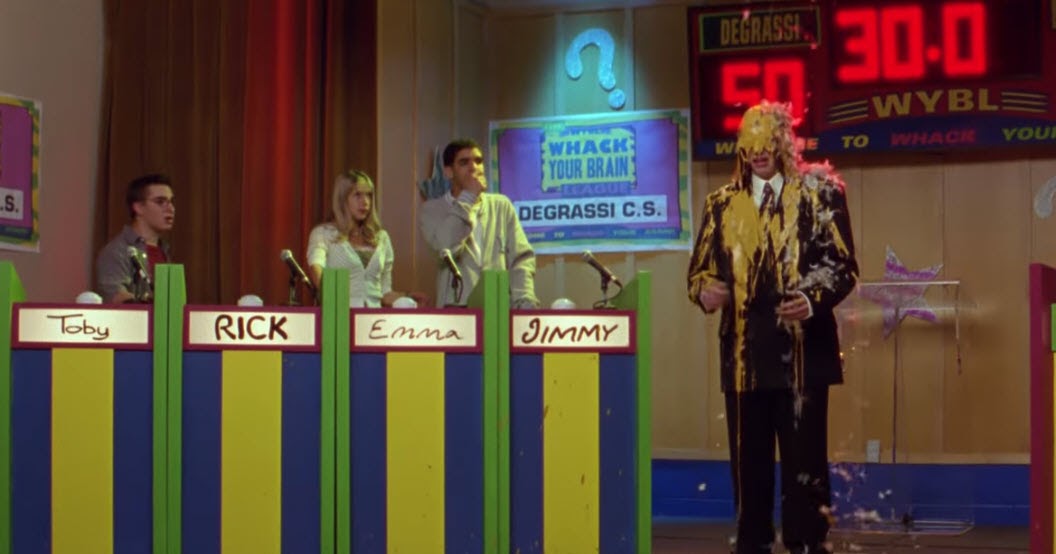
Rick goes home and retrieves his parent’s gun. He brings it to school and shoots Jimmy in the back. Jimmy remains paralyzed and in a wheelchair for the rest of his time on the show. After the incident, the teachers expressed their disgust in themselves for disregarding the blatant bullying that Rick was experiencing until it was too late to do anything about it. The school’s principal had spoken to Rick on multiple occasions in which Rick mentioned he was being treated unfairly. Yet, the principal brushed him off.
This is all too common in schools. In most school shootings, there are clear signs that something is not right in the perpetrator’s life. Unfortunately, the signs either go unnoticed or are not addressed in time to prevent the incident from occurring. The episode aired only five years after the Columbine Shootings, making it highly appropriate and necessary. The episode teaches us the extreme consequences of bullying as well as the severity of school shootings. Since topics like gun control and mental illness continue to affect society, this episode is timeless. The episode was one of the most terrifying of the whole series, but the message was crucial: do not let signs of bullying go unnoticed.
It Knew When To Lighten Things Up
Through all of the darkness, Degrassi knew how to throw in lighter moments. Whether this was the entertainment of Eli and Clare’s never-ending relationship drama or Spinner and J.T.’s infamous prank war, Degrassi knew how to keep us entertained.
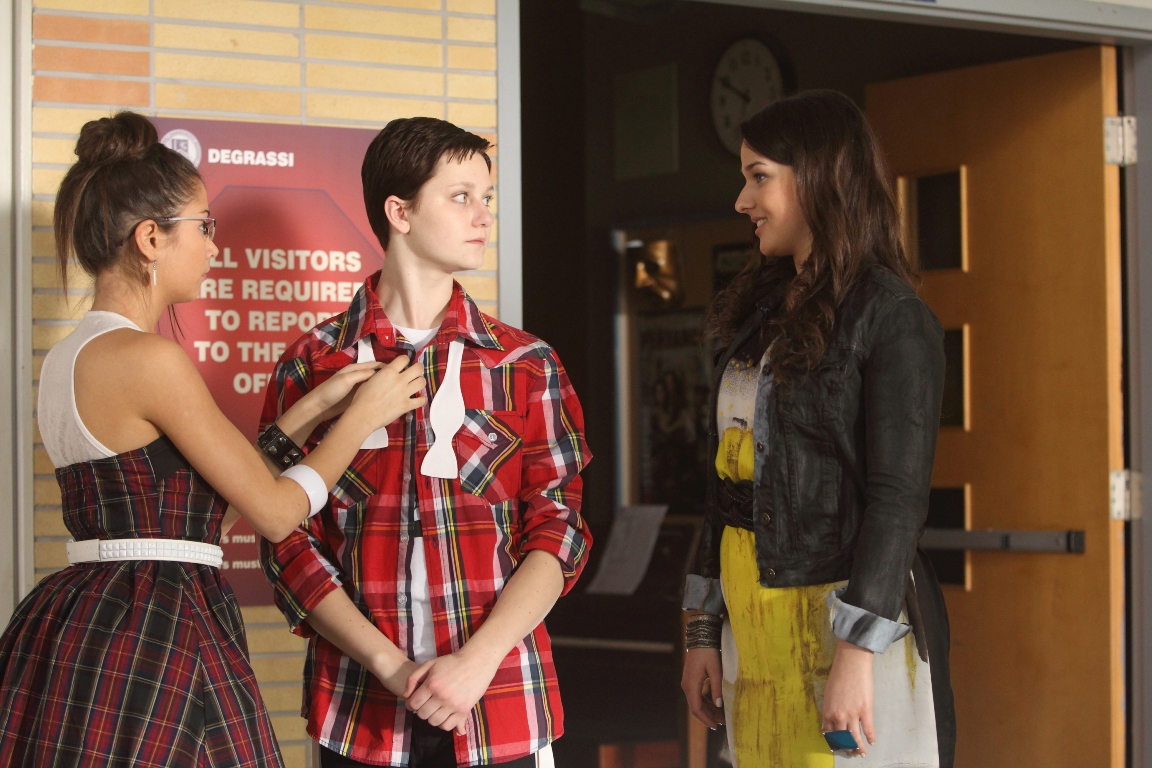
In a 2010 episode, one of the characters, Fiona Coyne, decides not to move back to New York with her family. Instead, she buys a loft in Toronto. To deal with the loneliness she feels while living alone, she purchases a pet pig named Porcelina. Fiona treats Porcelina like a friend. She brings her to school with her, she puts on fashion shows with her, and she does photo shoots with her. But she soon realizes owning a pet pig is a lot more work than she presumed and decides to take it back to the pet store. Still, watching Fiona hang out with a pig alone in her apartment was quality entertainment.
It Introduced Viewers To Unfamiliar Ideas
Because Degrassi was so unapologetic about their storylines, they were able to introduce viewers to ideas they may not have been familiar with. Degrassi The Next Generation started in the early 2000s, meaning topics like LGBTQ issues were not as prominent on television as they were in 2020. Today we see an increasing number of movies with LGBTQ characters and actors, but in the early 2000s, this wasn’t the case. That didn’t stop Degrassi. From the shows on-air that ran from 2001-2015, the show included twenty-plus LGBTQ characters, including minor and recurring characters.
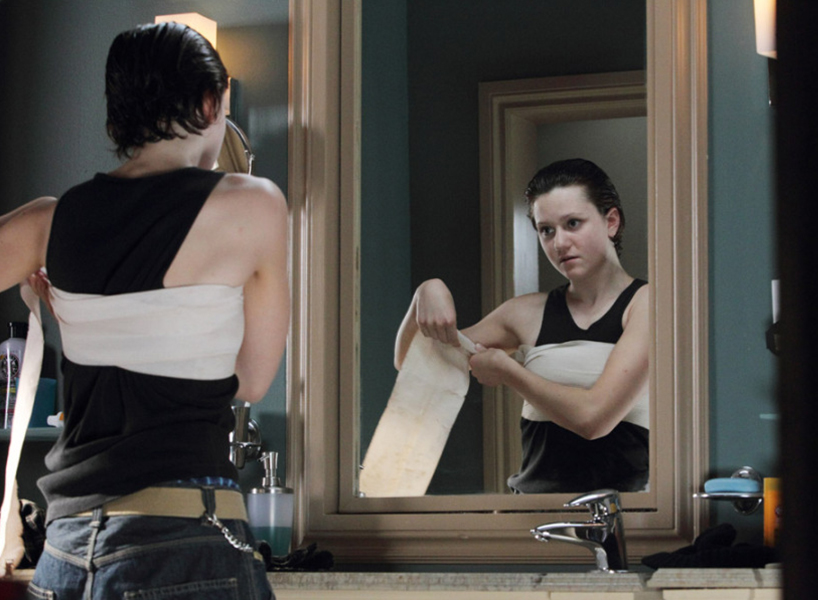
In Season 10, the show introduced Adam, a female to a male transgender character. The season aired in 2010, a time when having a transgender character on television was almost unheard of. Throughout Adam’s run on the show, we saw the ways in which he was physically and emotionally abused by his peers. He was called “Tranny” by the school’s bully and was forced to use the school’s handicap bathroom because he was thrown out of the men’s room.
In one episode, Adam’s mother pressures him into dressing as a girl and going by his birth name, Gracie, for a family dinner with his grandmother. Throughout the episode, Adam is misgendered by his family and guilted into returning to being Gracie until his friends, Eli and Clare–the first to effortlessly accept him–tell him he should be himself and not who his family wants him to be.
“You don’t have to change who you are, everyone else does”
-Clare Edwards, Degrassi
Even 10 years later, shows lacked the kind of representation Degrassi possessed long before social media movements started pushing for diversity on television and in film.
The Lasting Impact
No character on Degrassi was exempt from making mistakes or suffering through difficult circumstances. Degrassi showed us making mistakes was okay and you’re never alone in them. The show also taught us that with every bad thing that happens comes an incredible lesson.
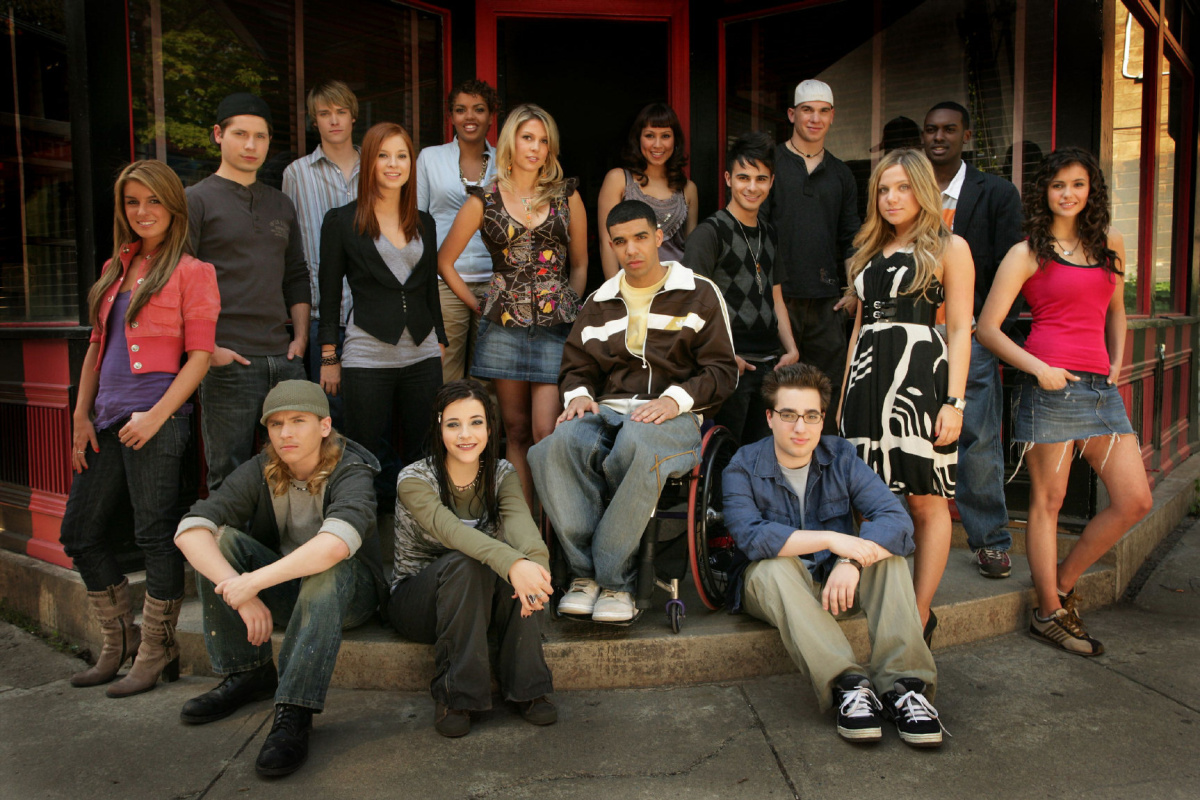
The show was brave enough to tackle topics that other shows were afraid to address, such as teen pregnancy, abortion, LGBTQ characters, and mental illness. Though some shows thought addressing these topics would cause a backlash that could get their show canceled, Degrassi’s ability to shine a light on these topics is what kept it on air for so many years. Though television series are now opening themselves up to exploring more controversial topics, there will never be another show quite like Degrassi.
